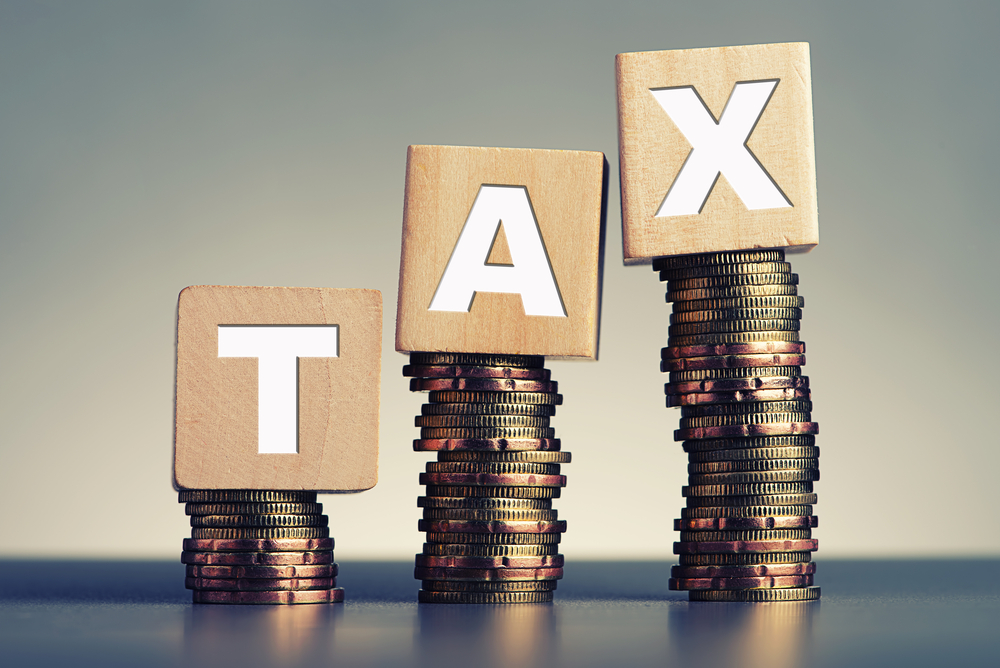Household Bills
Watch out for these ‘stealth taxes’ in the new financial year

Households could owe a fatter tax bill for 2023/24 as certain thresholds and allowances are frozen, with middle earners feeling the squeeze the most.
So called ‘stealth taxes’ could hit middle earners especially hard as some will be pushed into a higher-rate tax bracket by ‘fiscal drag’ – meaning that their wages rose but the tax thresholds didn’t.
The personal allowance of £12,570 and the basic rate threshold of 20% on income of £12,571-£50,270 are frozen for 2023/24. The higher rate tax threshold of 40% covers £50,271-£125,140 and a 45% rate kicks in at anything above £125,140 instead of the previous £150,000.
Higher rate, lower threshold
This means that some higher earners who were just under the 45% tax bracket last year are now facing an additional tax bill of more than £100 a month even if their pay remains unchanged, according to investment platform AJ Bell.
Tom Selby, AJ Bell head of retirement policy, explained: “Those earning £50,000, who hover just under the current higher-rate threshold, are likely to be hit the hardest. Once wage rises are factored in, they could be paying £6,570 more in income tax over the entire period of the tax freeze from 2022/23 to 2027/28.
“That represents a 17% increase in their income tax bill over that period – something many will find difficult to afford. But even those on lower salaries will be paying significantly more tax, with someone on the average UK salary of £33,000 paying almost £2,600 more income tax thanks to the freeze.”
‘Steady erosion’
Selby also said that the term ‘fiscal drag’ isn’t a household term and may not be well understood by many taxpayers.
Referring to the Chancellor of the Exchequer, Selby said “Jeremy Hunt will hope that many people don’t realise the steady erosion of their spending power by stealth. Although they amount to a tax rise, frozen thresholds aren’t technically a direct hike in income tax rates – crucially the 2019 manifesto pledged not to raise the headline rate of income tax – but stealth taxation provides a backdoor route around this.”
In announcing the changes this past November, Hunt said that “public spending discipline” had to be embraced during what he termed a “challenging period”.
ISA limits frozen
Changes are also afoot for investors, with cuts to the level of tax-free dividends and capital gains tax owed after the sale of assets such as second homes.
All ISA annual subscription limits remain frozen at the current level and the Lifetime ISA bonus remains at 25%. AJ Bell recommended that investors take the time to protect savings by using their £20,000 ISA allowance for 2023/24 alongside the new £60,000 annual pension contribution allowance.
The good news
It’s not all grim news, however. The National Living Wage rose to £10.42 an hour this month and the state pension will exceed £10,000 a year because of the effects of the triple lock.